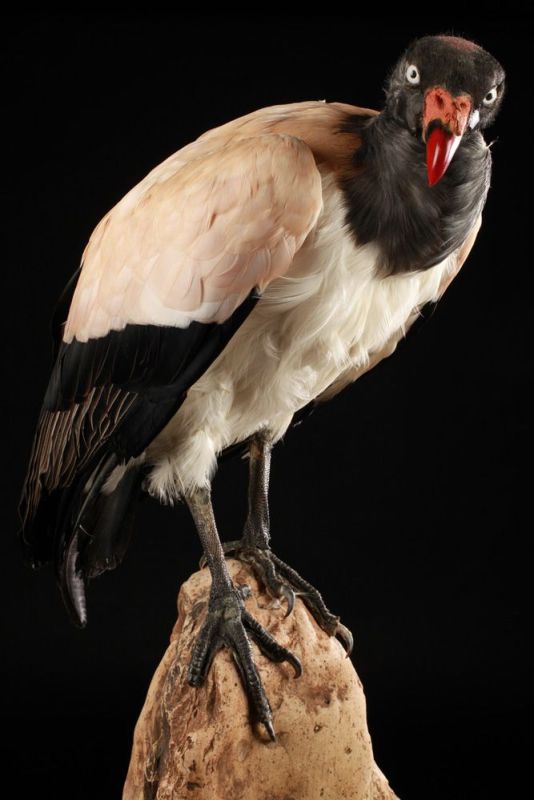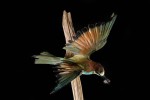Wattled curassow – Crax globulosa
Wattled curassow – Crax globulosa
The wattled curassow is a species of the Cracidae family.
It measures 89 cm in length. It has a black plumage except in the abdomen where it is white. It has a tuft of black feathers. Males have a rounded tubercle at the top and two scarlet wattles. The iris is dark brown. The legs are pink.
It is found in the west and south of the Amazon basin of Brazil, in the Andes, Colombia, Ecuador, Peru, Bolivia. This large forest bird, with remarkable qualities, ownes its original name tp fleshy growths that adorn the top and bottom of its beak, the male in fact has two pending wattles under the beak and a bulbous protrusion on top. These ornaments are a beautiful scarlet red color during the breeding season. Males sport a black crest feathers made of tightly curled while females have a finely barred white peak. In hoccos globular, juveniles are similar to adults.
The wattled hocco has a very close relationship with the Blumenbach hocco, mainly because of the great similarity of male plumage. They frequent the humid and tropical lowland forests, barely exceeding the 300 meters, it has a steadfast aversion swamps, everything seems to indicate the contrary that this species is strongly attracted to water points. It is found in effect in seasonally flooded forests, islands covered with trees in the middle of the river or nearby lakes and reservoirs.
The wattled hoccos are arboreal birds. They stay on the top floor of the vegetation, sometimes at a great height and they are identified by their long whistles. They rest there and they eat it. They rarely go to the ground. The wattled hoccos usually live in pairs or in small family groups of 3 or 4 people maximum.





